Nepal is a country blessed with a great environment, diverse culture, and impressive mountain peaks. This small country is not even known to many people worldwide as the country is wedged between two massive nations in the world. Regardless, few things make the identity of Nepal known globally. For instance, Nepal is the home of the world’s tallest mountain- Mt. Everest and the light of Asia – Lord Gautam Buddha was born in Nepal. These are some fantastic facts about Nepal. But it is not limited to that only. And here are listing some other amazing facts of Nepal.
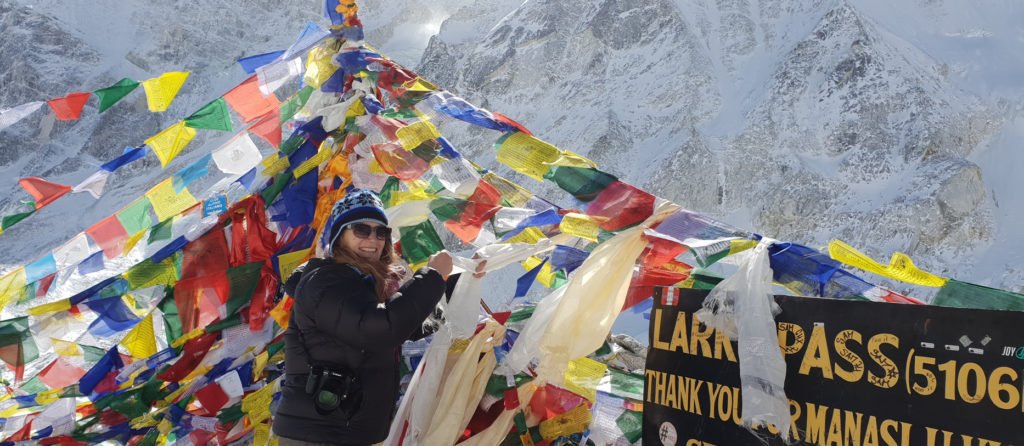
Demographic: Population: Estimated 30 Million
Religions: Hinduism, Buddhism, Islam, Kirant, Christians, others.
Nationality: Nepali
Languages: Commonly spoken language is Nepali. There are over 90 ethnic groups that have their languages. The above facts generalize the standard demographics of Nepal and give you a vision of the structure of Nepal.
Checkout amazing and interesting Facts of Nepal.
Topographical Features:
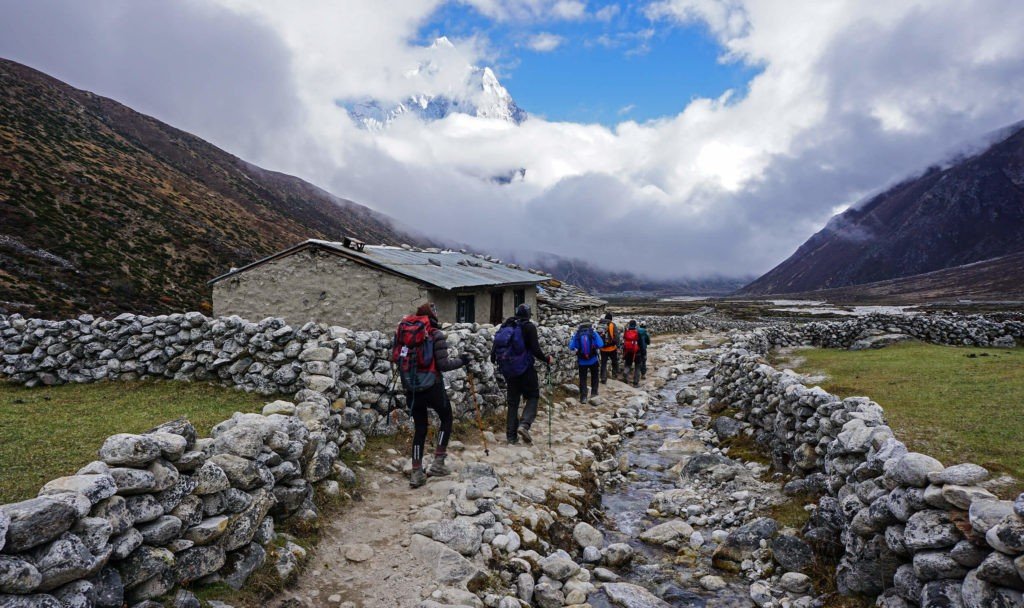
Nepal is a small country with a landlocked strip of land. In terms of area, it is 800 km long and 200km wide. Regardless, it manages to fit a lot of terrain into just 147,181 sq. km. Nepal’s landscape rises just from 70 m to a whopping 8848 elevation, the highest in the entire world. Geographically, Nepal is divided into three regions: Himalayas (Mountain), Hills, and Terai (Plains). The climatic conditions of all these places are different from each other so is the cultural aspects.
Mountains of Nepal
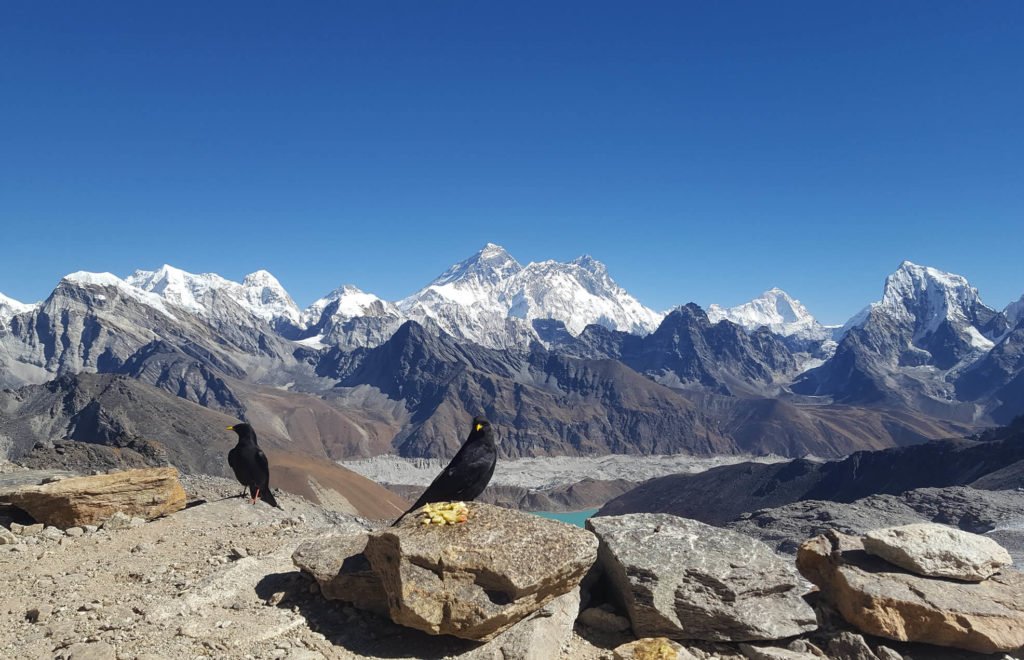
Mountains cover one-third of the total length of Nepal. The tiers of the mountain ranges are divided by the glaciers and rivers draining down from the Tibetan plateau. The mountain region rises from 2800m and above. However, due to extreme climatic conditions, only a few people reside above this altitude. Although people live till 5000m, it is just for work purposes. Most people of the Himalayas reside below 2800m.
Trans Himalayas
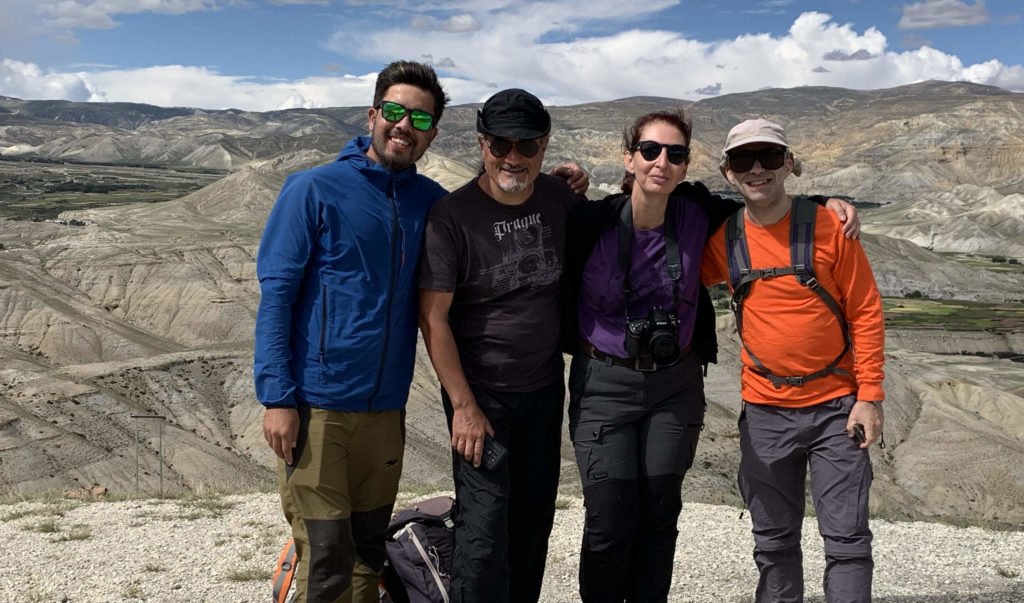
North of the first ridge of the Himalayas is a high-altitude desert, similar to the Tibetan plateau. This zone incorporates the arid valleys of Mustang, Manang, and Dolpo, just as the little pinnacles of the Tibetan side. The clouds that bring the monsoon raindrops all their rain on the south side of the mountains make the other part dry and eroded, thus creating a rain shadow area.
Hills

The region where most valleys are located are called hills in the context of Nepal. Most of the population of Nepal resides in the Hilly region. The region is very rich in vegetation as well the soil is also fertile for agriculture. The climatic condition of this place is moderate. Moreover, the region is surrounded by hills forming valleys where human settlements can be found.
Terai (Plains)
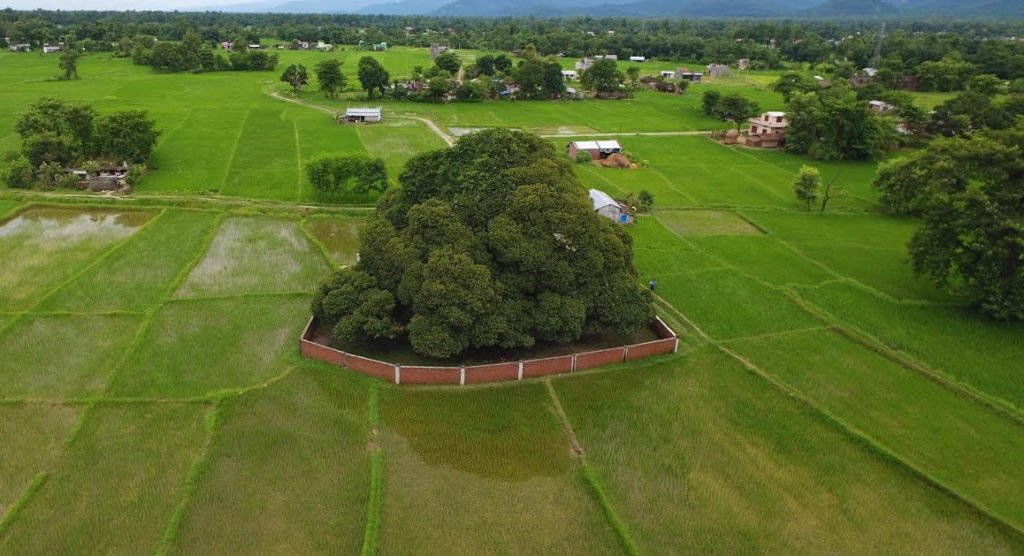
The flat land in Nepal is known as Terai. The region is adorned with paddy fields, sal forests, tiny thatched villages, and sprawling industrial cities. Likewise, it also contains some low heights hills. The region covers 17% of the total area of Nepal. It borders India and rises to about 1000m.
The above information is a short description to explain the lay of the land of Nepal. Thus it just gives you an ounce of information about the geographical features of Nepal.
Now moving on to other unique and interesting facts of Nepal, you can find them down below:
Among the 14 highest mountains, ten are located in Nepal
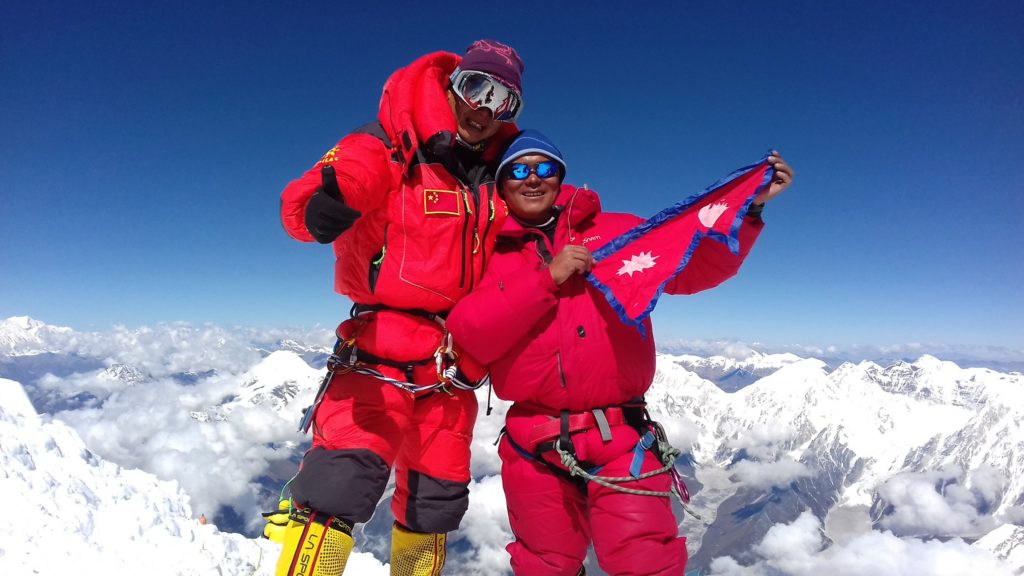
Nepal is home to some of the central mountains in the world, including Mt. Everest (8848m), the highest world mountain in the world. The territory of the Himalayas (north) incorporates 202 pinnacles ascending to more than 19,685 ft. (6,000 m) and 13 mountains ascending to more than 26,246 ft. (8,000 m).
Due to this very reason, people worldwide visit Nepal to appreciate the beauty escalated by the snowcapped peaks. In the form of trekking in Nepal, people hike for days long in the remote trails to be close to the base of the highest mountains. Likewise, some of the famous trekking trails of Nepal is Everest Base Camp Trek, Annapurna Base Camp Trek, Langtang Valley Trek, and many more.
Triangular flag
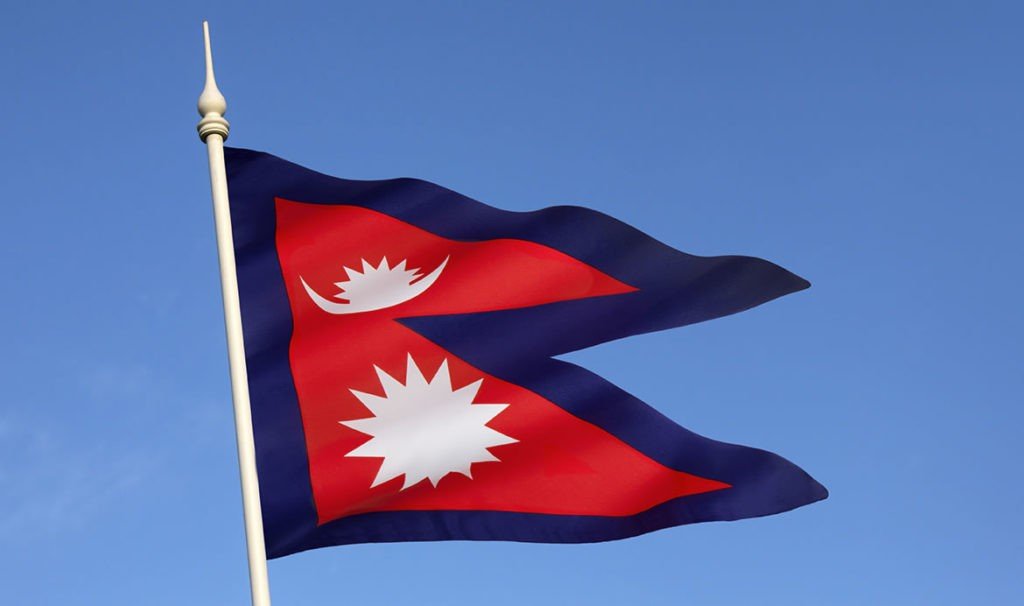
The flag of Nepal is different than the rest of the world. Unlike another usual flag of rectangular with intricate designs, we have a triangular-shaped flag.
The flag of Nepal is in crimson red, blue, and white, and on the chest of two triangles, it has the picture of the sun and the moon, which has its very own significant meaning.
The crimson red demonstrates the bravery of the Nepalese, and crimson is also the national color. The blue stain on the border symbolizes peace and harmony. Though, the sun and the moon speak to the life span of always simply like the images.
Facts of Nepal | Nepal has a living Goddess
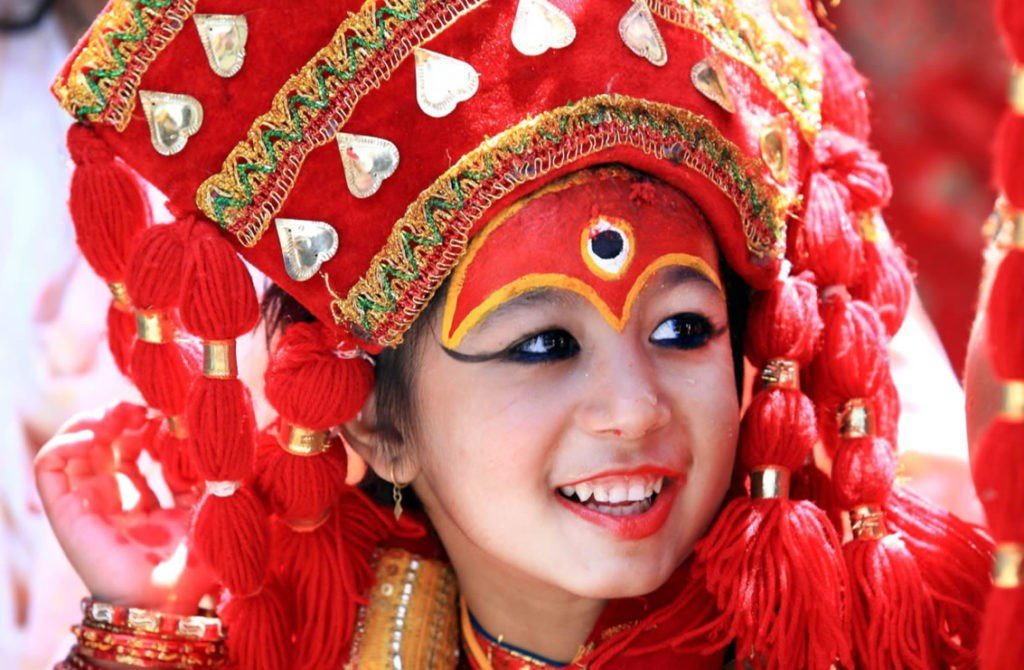
In Nepal, a Kumari is a young lady chosen from the Shakya or Bajracharya caste of the Nepalese Newari Buddhist community. Viewed as a Living Goddess, Kumari is a young lady without any imperfections. The Buddhist Shakya’s was picked as Goddess Taleju, the tutelary god of the Malla line, and the Shah dynasty who inherited this tradition.
The goddess lives in the temple, and during the festive season, pilgrims worship her. She gives the blessing as well. As a living goddess, the young lady does not touch her feet to the ground and is carried everywhere by someone else. And this is because, in Hindu mythology, it is believed that god’s feet are not to be touched on the land.
Another interesting fact, as puberty hits the goddess, the current one will be replaced by another new one.
Lumbini- Birthplace of Lord Gautam Buddha
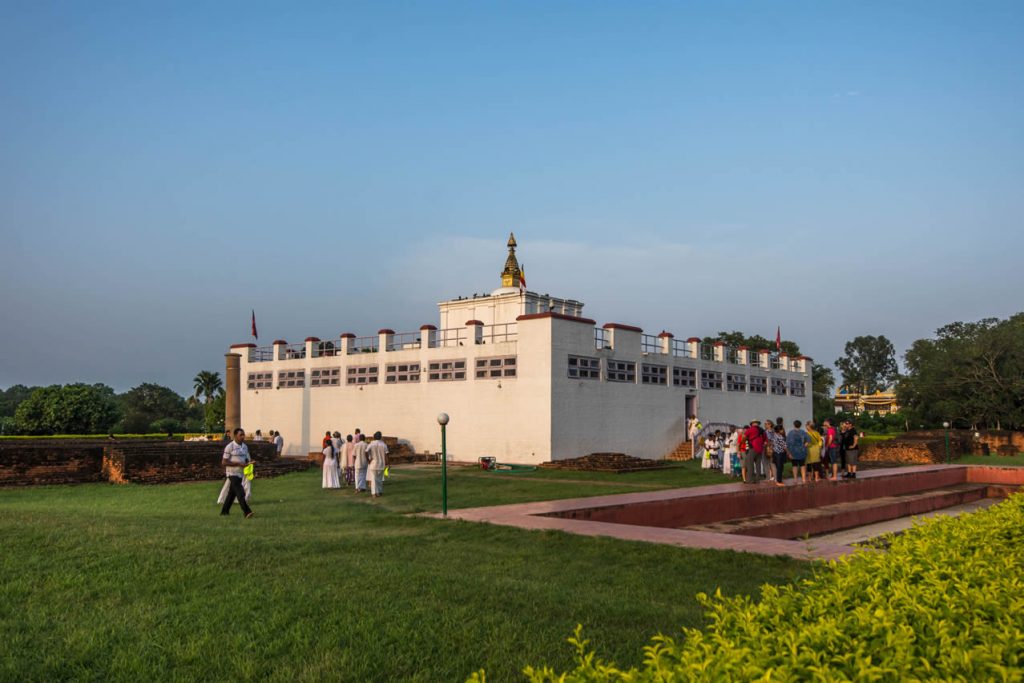
The light of Asia, Gautam Buddha, was born in the small village of Kapilvastu which is situated in the Lumbini district of Nepal. He was born in 623 B.C, and till this date, the place where he was born and the palace where he grew can be visited.
The place is now a pilgrimage site where thousands of Buddhist and Hindu pilgrims visit this sacred place.
Nepal is a secular country.
Although, Nepal has a sizeable Hindu population. The main religion of the country is Hinduism and Buddhism. Regardless, here people can practice their religion without any hesitation. Also, statistically, Nepal has recorded different faiths such as Islam, Kirants, Christians, and others.
Thanks to the tendency towards adaptation and blend, there is little religious tension in Neal, and religion has long played little part in the politics of Nepal.
Nepalese do not eat Beef.
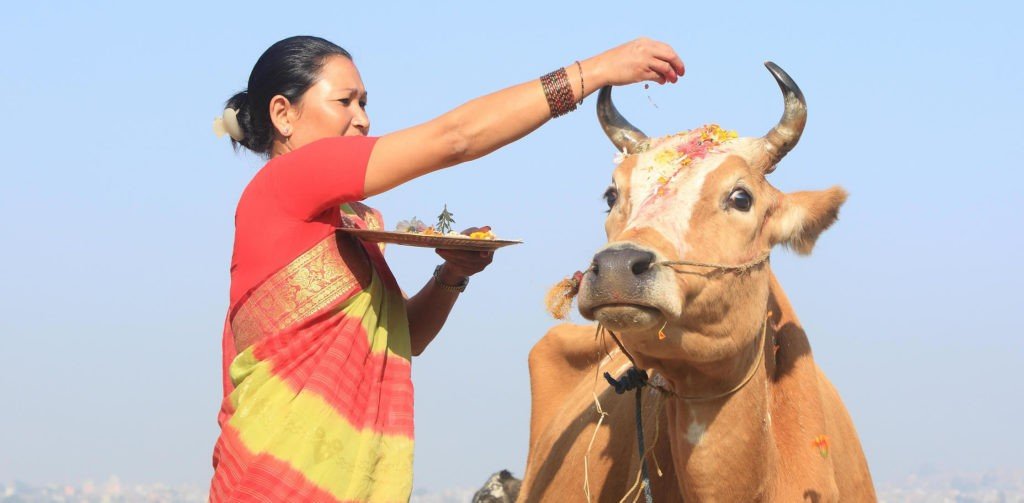
In Hinduism, the cow is seen as the embodiment of the goddess Lakshmi, the god of wealth. Moreover, during the festive season, Nepalese worship cows concerning the goddess Lakshmi. Thus, cows is believed to be holy or profoundly regarded. Besides, dairy animals are viewed as a 'guardian' or maternal figure.
Besides, the lynching of cows is considered a crime in Nepal. And as told earlier, Nepal is a country with a majority of Hindus, and thus, eating any kind of meat that comes from the cow is considered evil and cannot be forgiven. Henceforth, Nepalese do not eat cows.
We have our version of a dumpling, and that is MO: MO.
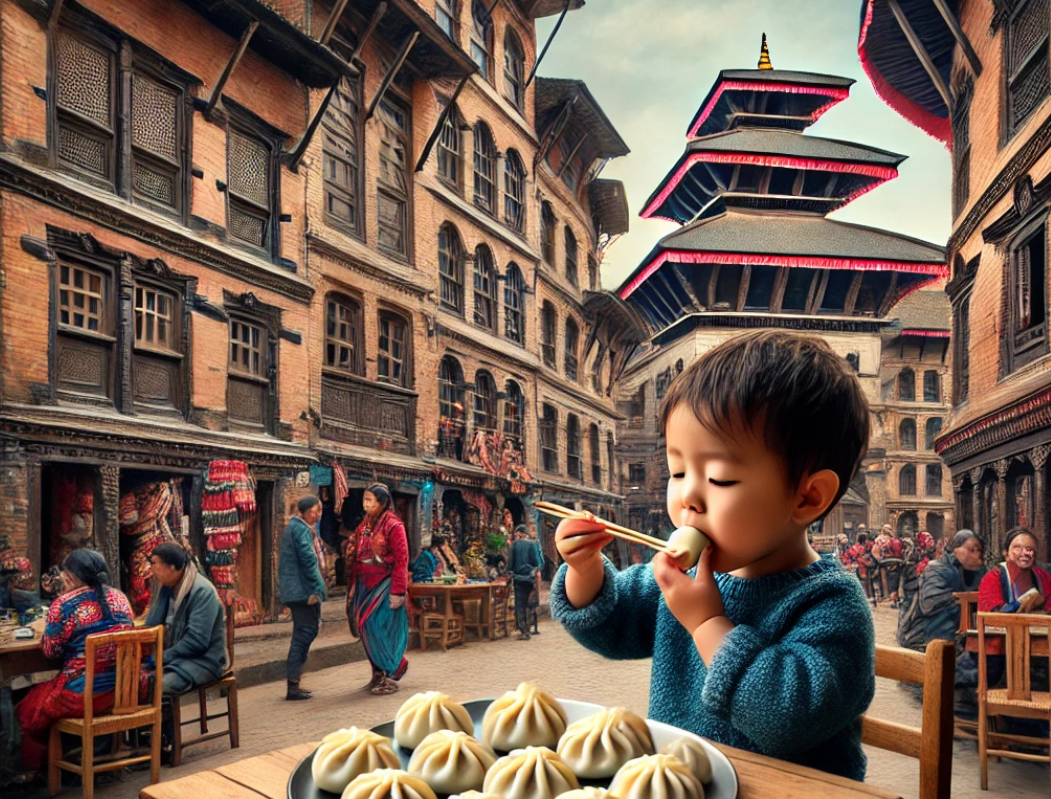
Dumpling is eaten everywhere across the world. Everybody has their version of a dumpling. And in our case, we called dumpling them MOMO. It comes in different versions such as veg momo, non-veg momo with varieties. And it is the most loved dish amongst the Nepalese public. Although, we have extra-national food, and that is traditional Dhal Bhat. Dhal Bhat is cooked in every household of Nepal and taken every day at least once.
Nepalese experience six seasons.
In Nepal, there are six seasons. In Nepal season is called “Ritu.” And the season of Nepal are as follows:
Basanta Ritu
In the Nepalese calendar, this falls under Chaitra and Baishak month. In the English calendar, it falls during the months of mid-March to Mid-May. It is the spring season in Nepal.
Grishma Ritu
This season falls in the Jestha and Ashad in the Nepali calendar. In the English calendar, it tumbles from mid-May to Mid-July. It is the summer season in Nepal.
Barsha Ritu
In the Nepalese calendar, this season begins from the Shrawan to Bhadra. In the English calendar, it tumbles from mid-July to mid-September. It is monsoon season in Nepal.
Sharad Ritu
Sharad Ritu falls in the Ashwin and Katrik on the Nepalese calendar. In the English schedule, it falls in the long stretch of mid-September to mid-November. It is the autumn season in Nepal.
Hemanta Ritu
Hemanta Ritu falls on the month of Mangsir and Poush on the Nepalese calendar. And on the English calendar, it tumbles from mid-November to mid-January. This is the pre-winter season in Nepal.
Shishir Ritu
It falls on the month of Magh and Fagun in the Nepali season. In the English calendar, this lies in the middle of mid-January to mid-April. It is the winter season in Nepal.
So these are some of the seasons that are experienced in Nepal.
Home of the over 90 ethnic groups
The human geography of Nepal is a remarkable cultural mosaic of people who have not so much assimilated as learned to coexist. The ethnic divisions are complex and numerous. You will see one type of people in Nepal and all kinds of people with different features, cultures, and traditions. Some of the ethnic groups of Nepal are Tamang, Brahmin, Chhetri, Sherpa, Gurung, Magar, Rai, Limbu, and many more. Each individual has their language, customs, rituals, norms, values, tradition, which identifies and differs them from many ethnic groups of Nepal. Nepal functions as the unifying language, though less than half of Nepal’s people speak Nepali as their first language.
Nepal was always an independent country.
Nepal was never kept under the monarchy of powerful nations. Thus, we do not have an independent day.
Brave Gurkhas of Nepal
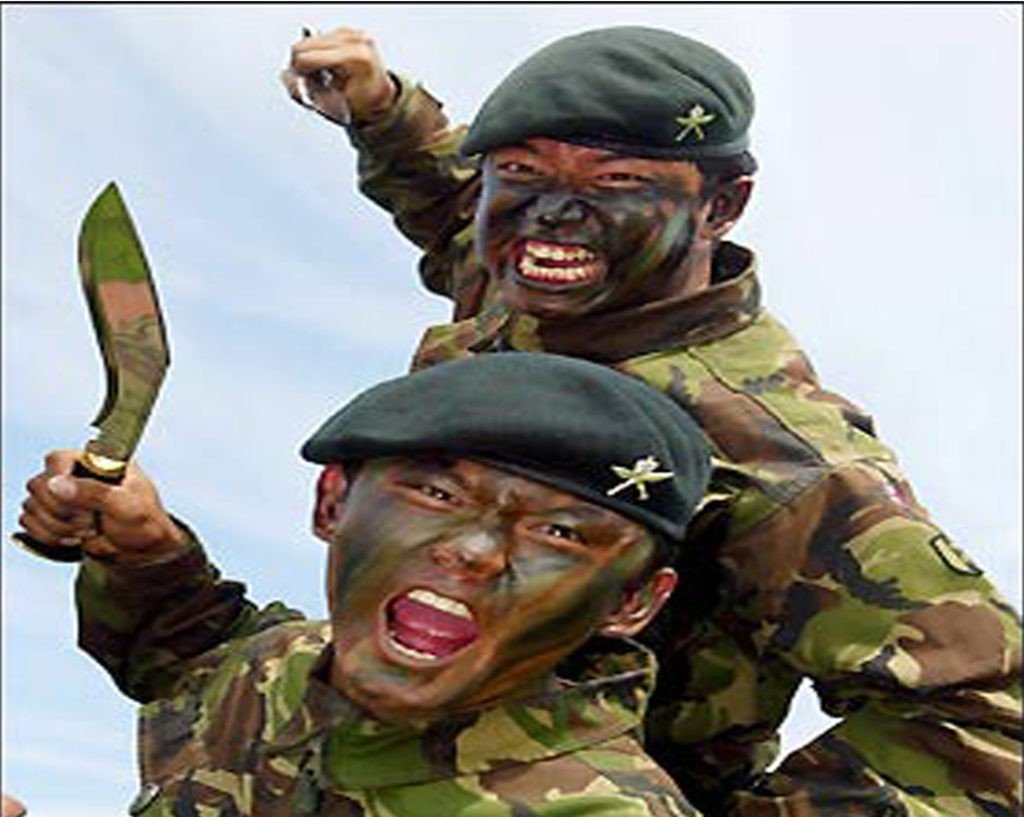
Nepal's eminent Gorkha troopers, in every case, effectively secured their nation. With their motto, "Better to die than be a Coward,” Nepalese Gurkhas won many Indian wars. The British were so dazzled with their battling capacity during the Indian wars; they took many Gurkhas from Nepal during Second World War.
Some of the world’s records that Nepal currently holds
It is no new thing that Nepal shelters the world's tallest mountain title. Just like that, there are a few other things that Nepal has managed to earn the title. For instance:
The Tallest situated lake: Tilicho Lake (4800m)
World’s Deepest Lake: Phokshundo Lake with a depth of 145m.
The Deepest Gorge: Kali Gandaki Gorge
World’s Highest Valley: Arun Valley
Presence of Yeti in the Himalayas of Nepal
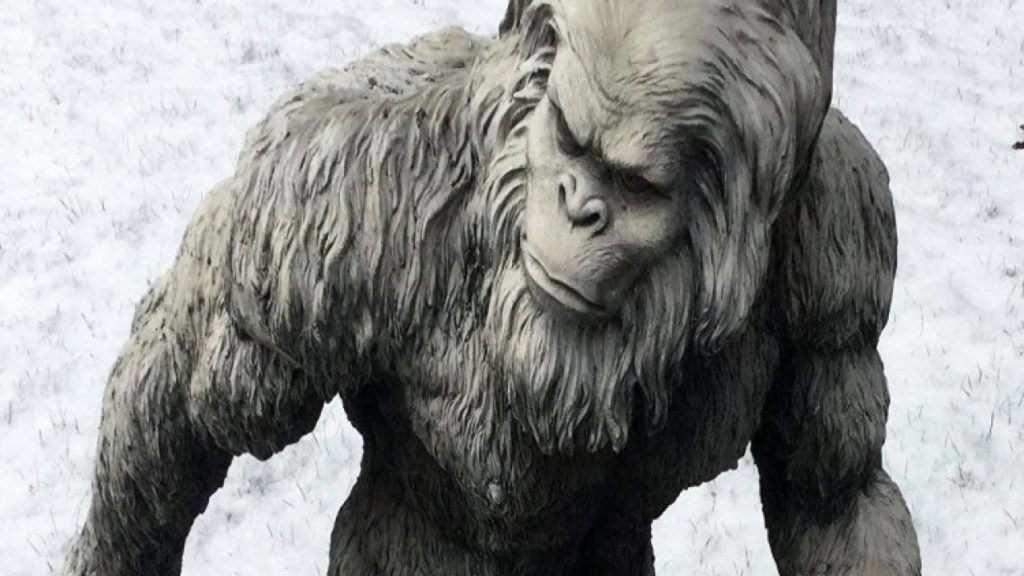
It is recorded that the footsteps of a terrible snow creature were found in the Himalayas of Nepal. There have been some claims that it is a piece of false information. However, no factual allegations or proof have been presented to default the current record, confirming its presence.
Father of Asian Pagoda – Arniko
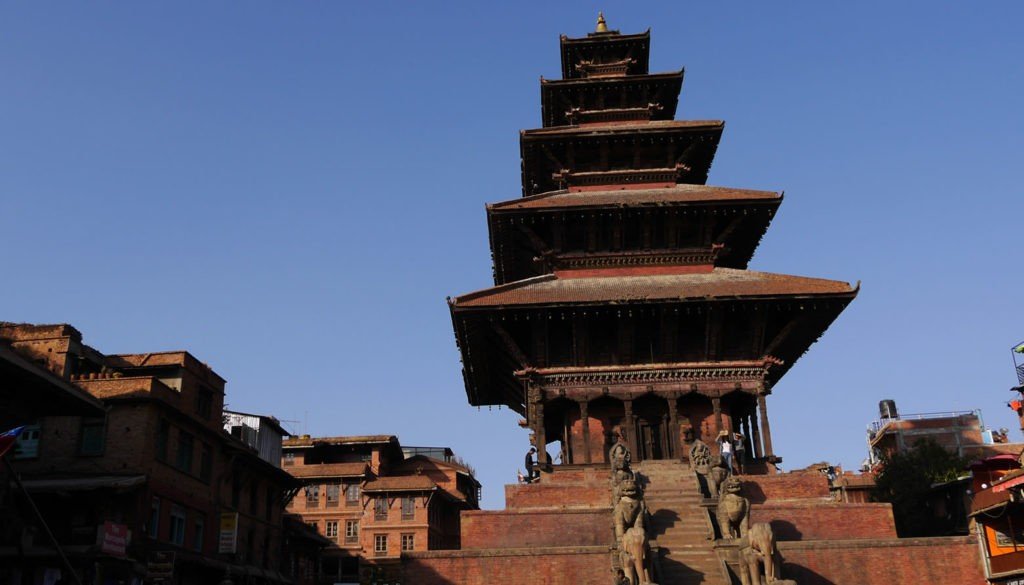
Today, all across the South Asian countries, we can see pagoda-style temples. The design was first introduced by Nepalese Architect Arniko, who reinterpreted the pagoda in China and other southeastern Asian countries.
All the temples and the palaces that you can visit in Nepal are in pagoda designs.
These are some of the exciting and essential facts of Nepal. There are many other facts as well that have helped to create an identity of Nepal globally. We hope this blog has helped us gain some insightful information about Nepal.

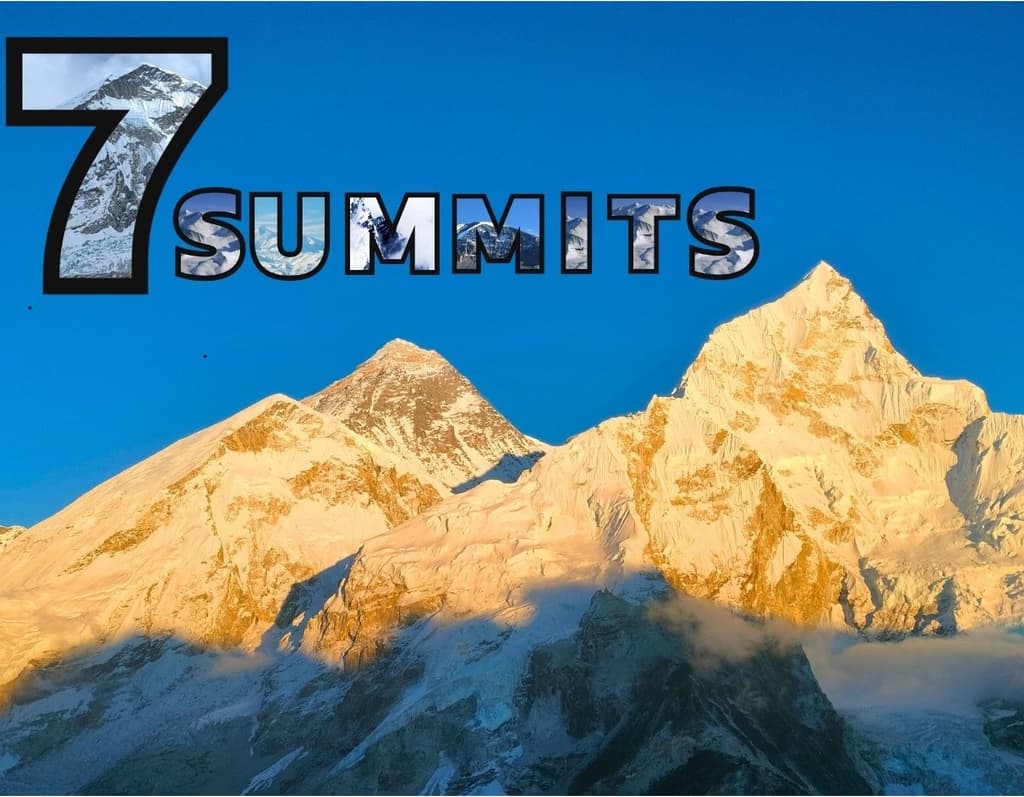

Post a Comment